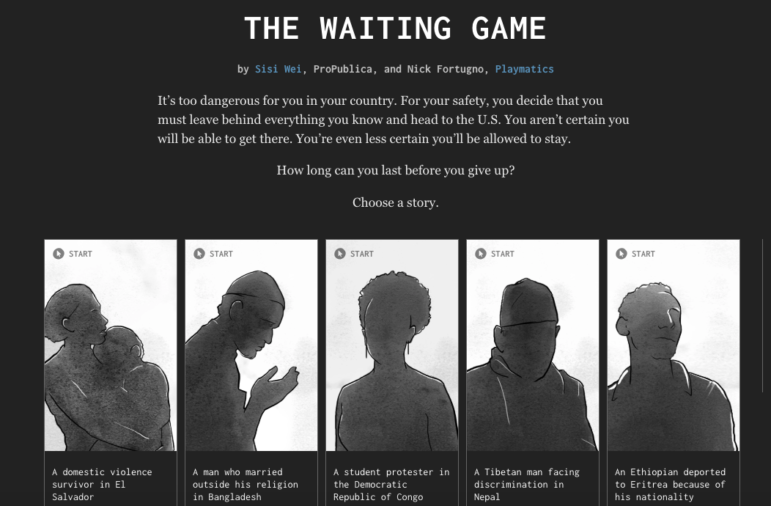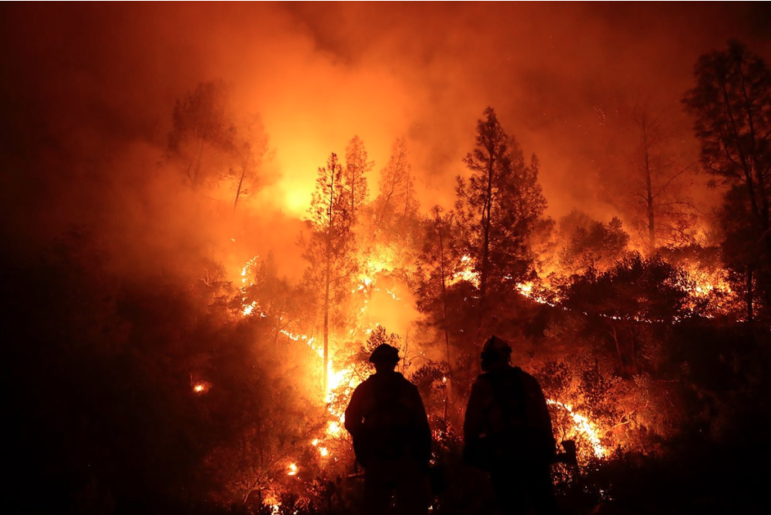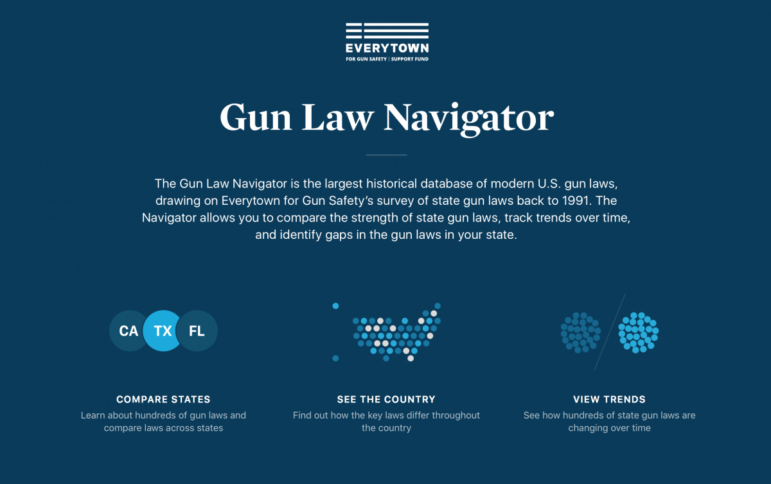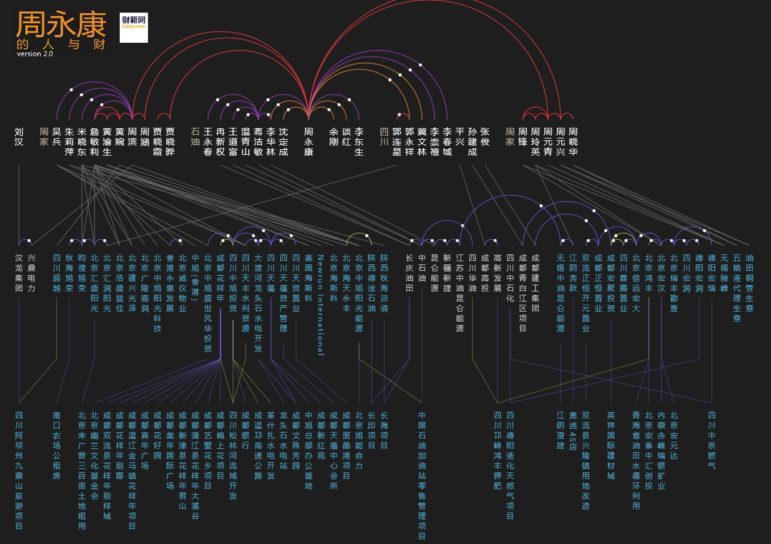
How They Did It
How The New York Times Uncovered and Visualized Dangers Faced by Child Influencers
An interview with two journalists who investigated the world of child influencers and the highly sexualized nature of some of their most ardent fans.

An interview with two journalists who investigated the world of child influencers and the highly sexualized nature of some of their most ardent fans.

In a recent series, New York Times reporter Kevin Roose explored how one Harvard-educated woman was radicalized online by tracking the conspiracy theories and memes she shares. In this Q&A, Roose explains how the story came together.

For this week’s Friday 5, where GIJN rounds up key reads from around the world in English, we’ve been reading about misinformation in both pandemic and election coverage, a slew of how-tos on doing data journalism in R, and the latest research on measuring impact.

Being struck by lightning is often used as an example of heavenly retribution because it is so unlikely. Fatalities due to lightning are statistical outliers, since most people struck by lightning survive. So what is the best way to avoid becoming one of these outliers? The following is a step-by-step set of instructions for unpacking a dataset – and being careful about the conclusions we draw.

Video games and journalism have had a history — the melding of the two has been less successful in breaking news because of the fast turnaround. However, it has seen more successes in longer investigations that take more time to develop. ProPublica’s Sisi Wei shares the process behind the unit’s gamification of five asylum seekers’ stories.

California officials and firefighters are becoming increasingly concerned that the drier, windier conditions spurred on by the warming climate will make wildfires more devastating and their seasons longer. But are enough people paying attention to their root causes and dire consequences? Here are eight ways US journalists have been chronicling this year’s wildfires.

Following a surge of tick-borne illnesses in the northeastern US, two reporters with the Center for Public Integrity are investigating the health impacts resulting from climate change — and they are engaging the help of health professionals and the public to gather stories and data.

Last August, Everytown for Gun Safety, a non-profit research and advocacy group for gun control, launched the Gun Law Navigator, an exploratory data visualization tool explaining how states in America regulate guns. The project, developed by the Boston-based creative digital studio Upstatement, received lots of attention not only for examining such a sensitive topic, but also for successfully telling a visual, data-driven story about a complex subject: legislation.

Zhimin Huang is widely cited as one of the first people to do data journalism in China. He spoke with Storybench about the state of data journalism in China and his perspective on data accessibility in the country.

Australian journalist Rick Feneley wrote a powerful investigative piece about a string of gay hate crimes that plagued Australia’s eastern border. But before “The Gay Hate Decades” was published, Feneley was left with one last hurdle: Creating a digital element to accompany his work. And that’s where SBS web developer Ken Macleod came in.